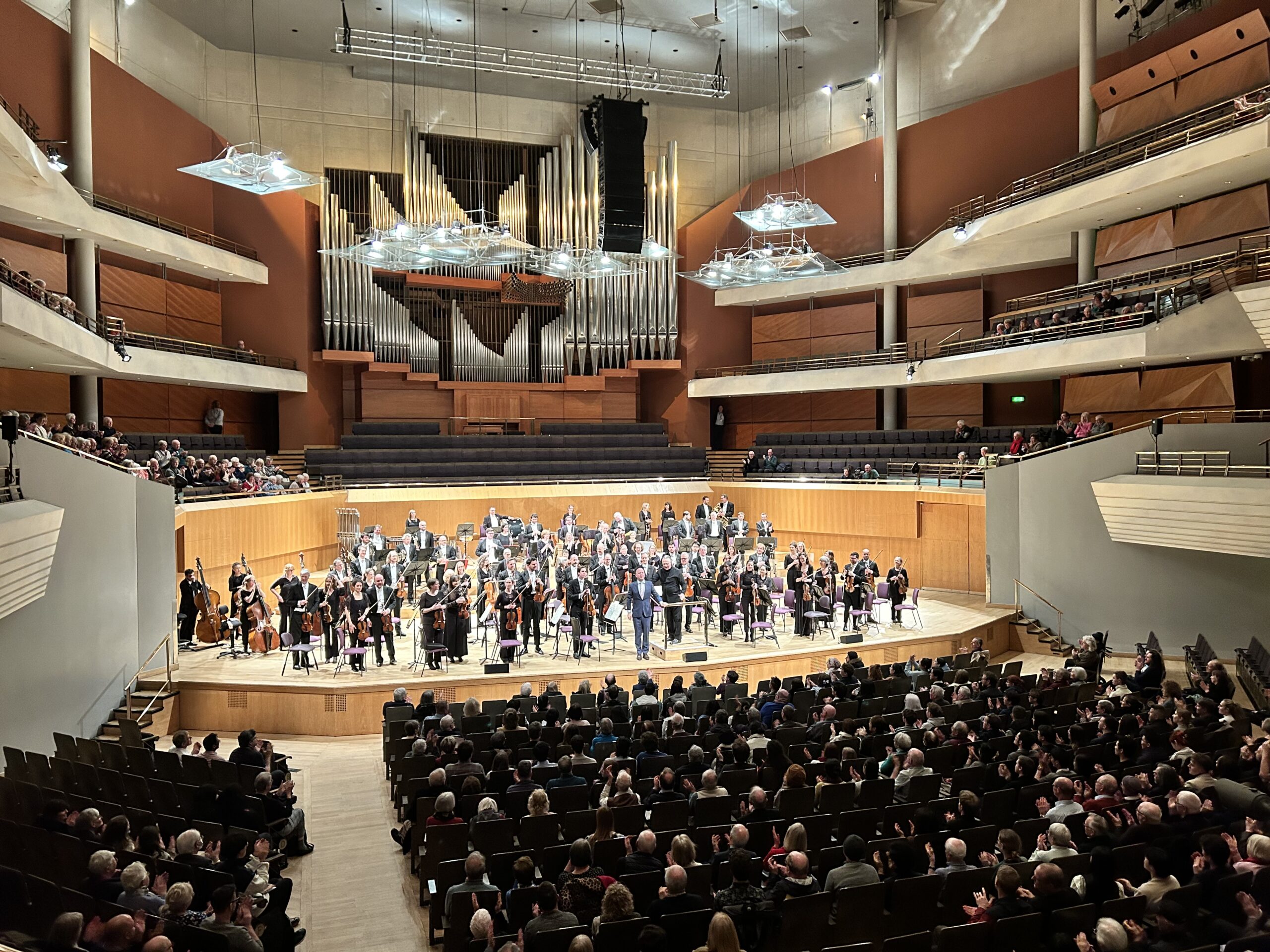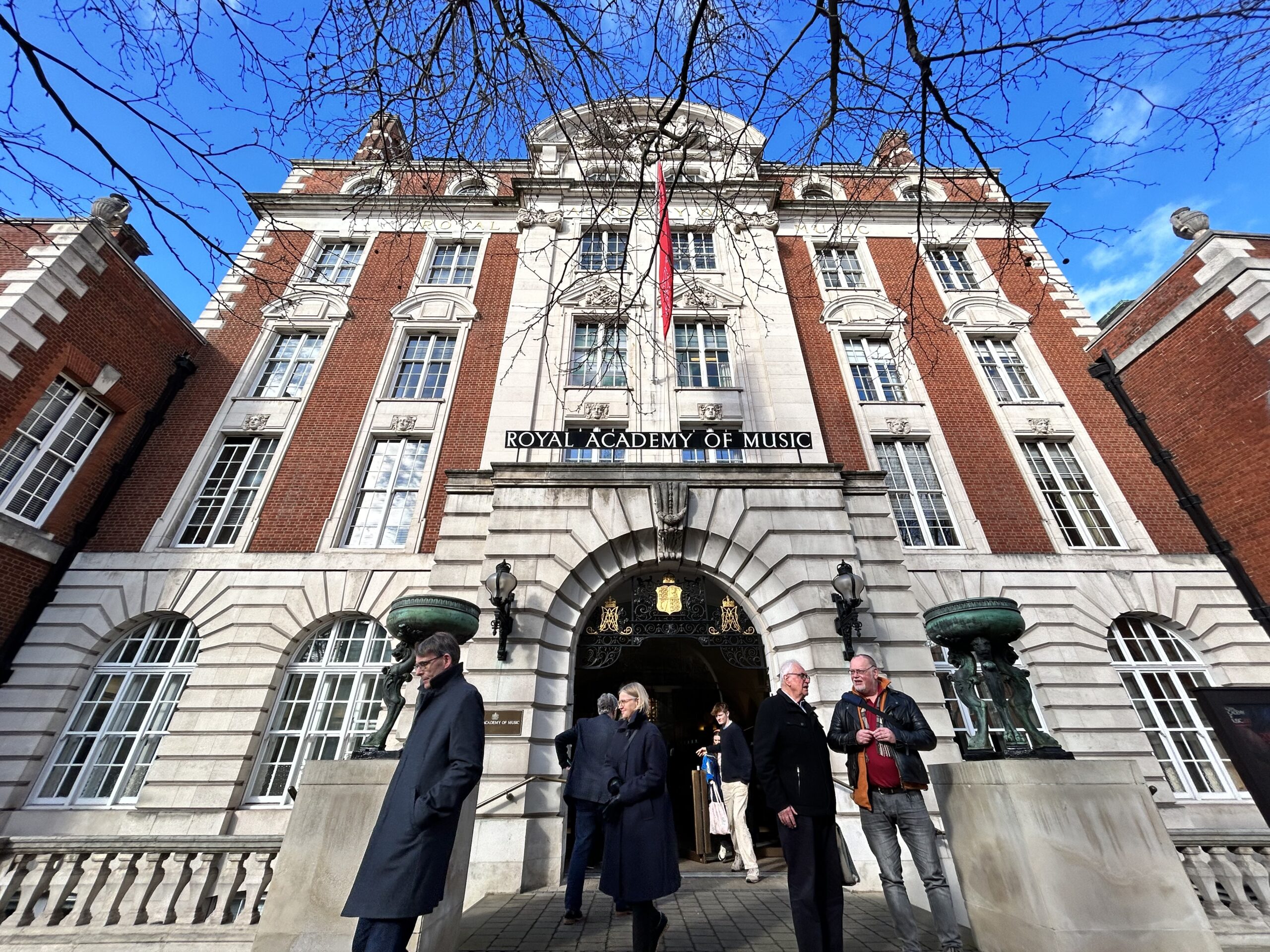Tag: Mark Elder
-

Halle premieres Huw Watkins’ Symphony No. 2
They are a phenomenal band. The strings are powerful, responsive and dynamic. The woodwind ensemble is not like anything I have heard in the UK in recent years. Crystal clear articulation, a beautiful melding of timbres throughout, and the sweetest, clearest, most delectable of flute sounds crowning the lot.
-

Royal Academy Symphony Orchestra play Verdi, Wagner and Strauss with Sir Mark Elder
An impressive dynamic range from an extremely responsive group of players. The Royal Academy of Music Symphony Orchestra were basically on fire throughout.